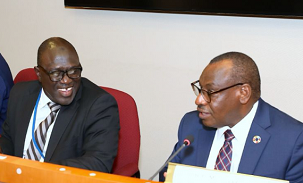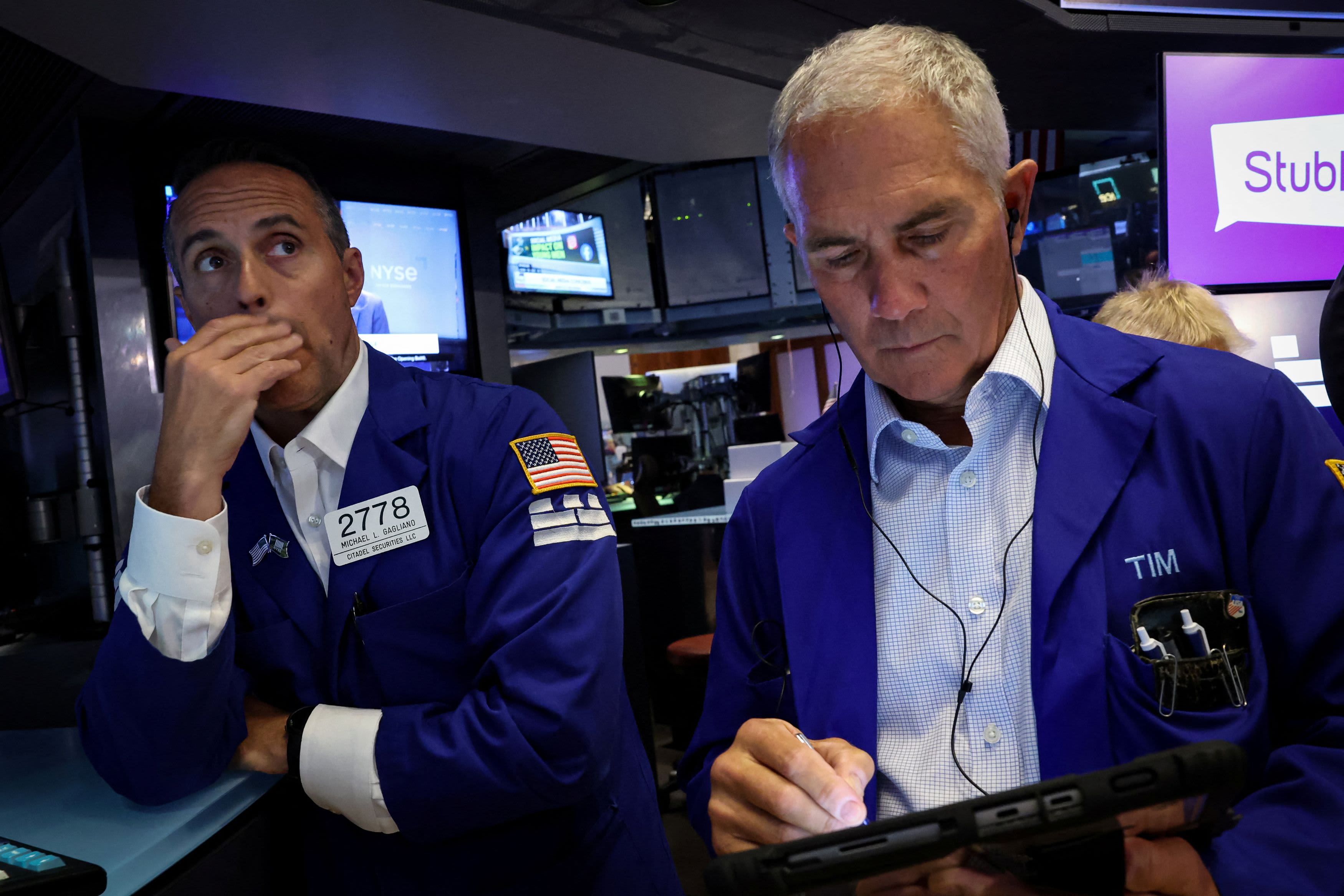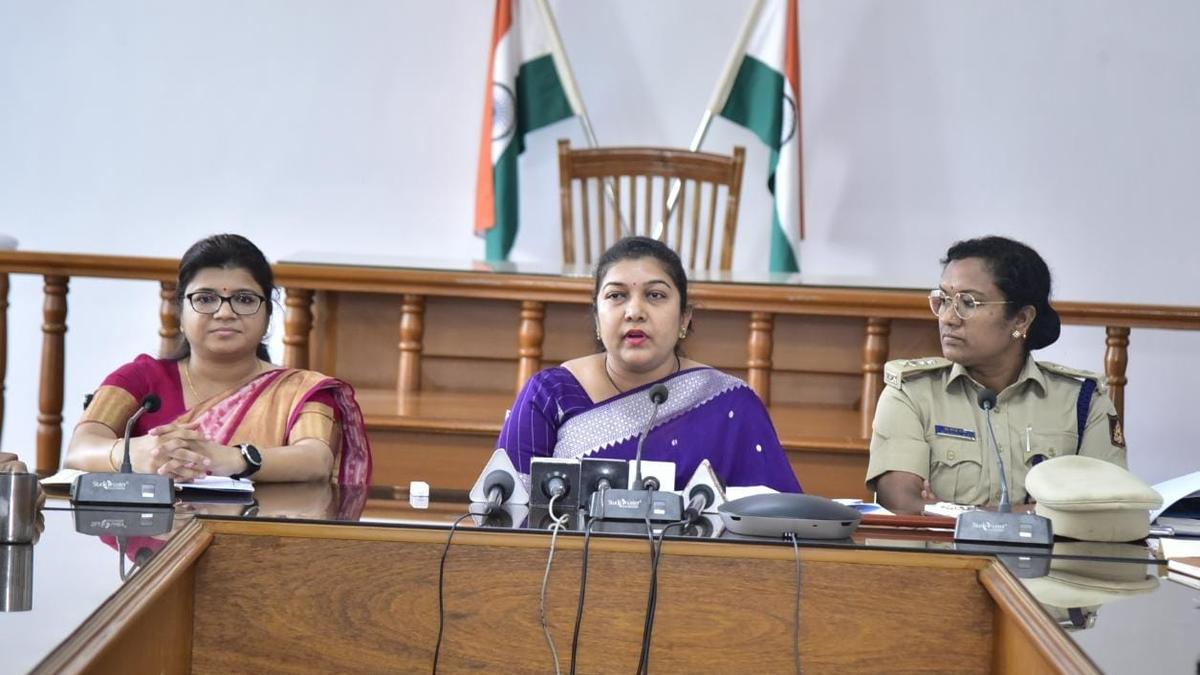Copyright newbusinessethiopia

Research in developing a new Trade Policy Activity (TPA) index by a group of WTO and IMF economists reveals a marked pick-up in trade policy activity from around 2019-2020, reflecting increased interventions in trade for a range of policy objectives. The change also corresponds to the period of the COVID-19 pandemic, heightened trade policy tensions among large economies, and rising geopolitical risks. Future development of the indicator can fill an important information gap by providing policymakers with an early alert of possible policy shifts. Innovative research from WTO and IMF economists has produced an indicator that draws insights from a wide range of information on trade policy measures covering a large number of economies and products. Using a Dynamic Factor Model, the new WTO-IMF Trade Policy Activity (TPA) index captures global trade policy dynamics in a timely and comprehensive fashion. The underlying data principally draws on two existing trade monitoring exercises – the WTO’s own Trade Monitoring Database (TMDB) and, as a complement, information from the Global Trade Alert (GTA). Figure 1 shows that trade policy activity remained relatively flat for over a decade, while noticeably increasing from around 2019-2020 onwards, reflecting heightened use of trade policy for broader objectives, such as environmental sustainability, industrial policy or security. In addition to this structural shift, the index also captures cyclical patterns and temporal peaks, such as US-China tariffs (2018-2019), the onset of the COVID-19 pandemic (2020), the war in Ukraine (2022), and the recent imposition of tariffs. While the global TPA index tracks common dynamics across a wide range of trade policy measures, it also reveals varying dynamics among different measure categories. Figure 2, for example, differentiates the index for the group of trade-facilitating measures from all other measures. Divergences emerge around the start of implementation of the WTO’s Trade Facilitation Agreement in 2017, with a clear spike in trade facilitating measures. At the same time, in periods of crisis – such as the COVID-19 pandemic and the onset of the war in Ukraine – the adoption of facilitating measures accelerated alongside other measures, as many countries sought to compensate for shock-induced shortages and limitations of goods, such as medical equipment and raw materials, by implementing measures that eased trade. Some of the swings in activity are also more pronounced when different groups of economies are separated (as discussed in the working paper), but the overall picture remains rather similar. The new index provides robust results across a large range of specifications and has the potential to fill an important gap in trade policy intelligence by collecting dispersed information and providing policymakers with early signals of possible policy shifts. To enhance the TPA index’s potential for real-time monitoring, the authors also propose the use of high frequency “big” data to “nowcast” the indicator to the most recent time period, overcoming the important lags in the collection of trade policy information. Preliminary results appear promising, with a further increase in trade policy activity being detected throughout September. With more testing and extensions being considered by the authors, the TPA index could become a valuable tool in global trade policy-monitoring and be updated by WTO and IMF economists in support of enhanced transparency and dialogue.



